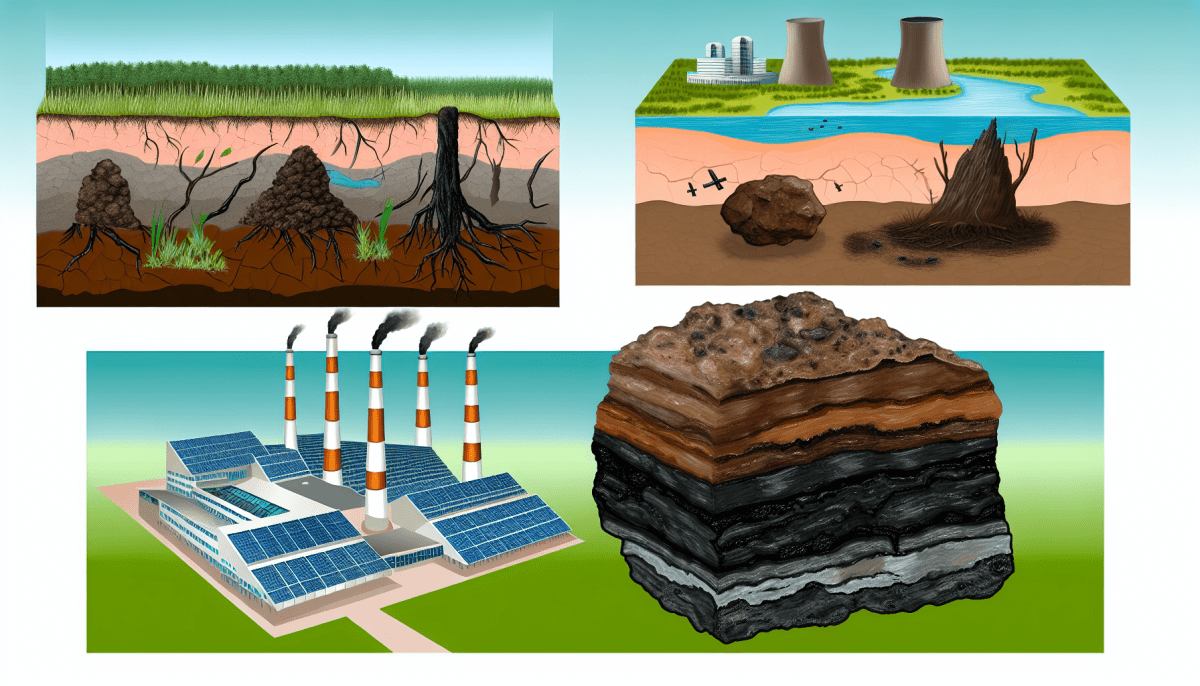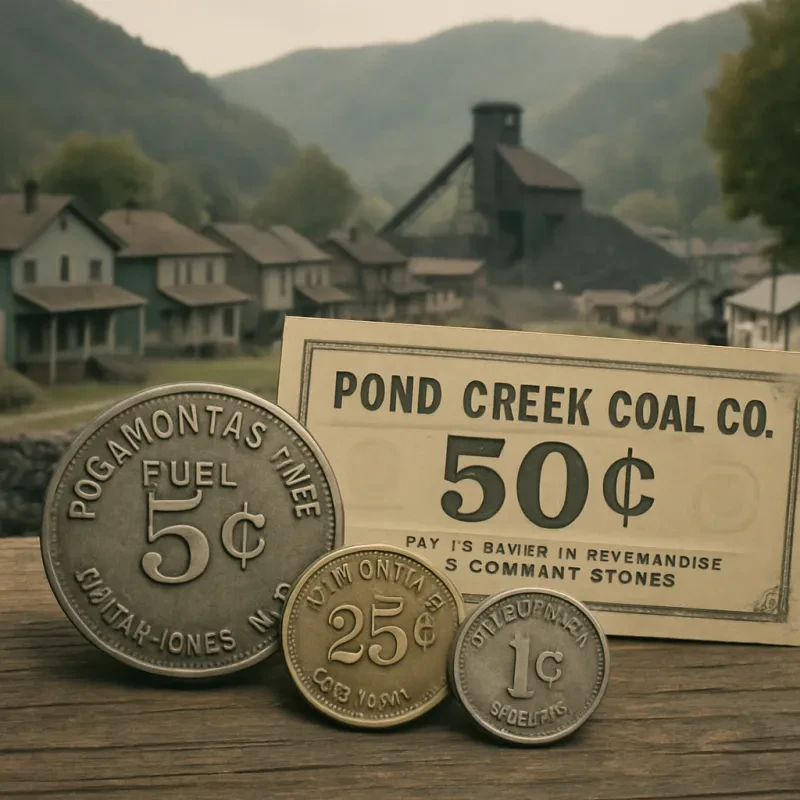Lignite, often referred to as "brown coal," is a soft, brownish-black coal that represents an important part of the world’s energy supply. While it is not as energy-dense as higher-grade coals like bituminous or anthracite, lignite remains a key resource, particularly in regions where abundant deposits make it an economical energy source. In this article, we’ll explore what lignite is, its primary uses, and its significant role in energy production today.
What is Lignite?
Lignite is the lowest rank of coal due to its relatively low heat content and high moisture levels. It forms from naturally compressed peat and is considered an intermediate stage between peat and sub-bituminous coal. Typically, lignite contains about 25–35% carbon content, compared to 60–80% for higher-grade coals.
Physical Characteristics of Lignite:
-
Color: Brown to dark brown.
-
Texture: Crumbly and earthy with a noticeable woody structure.
-
Energy Content: Around 13 to 18 million British thermal units (BTUs) per ton, much lower than bituminous coal.
-
Moisture Content: High, often 30–70% by weight.
-
Sulfur Content: Can vary but often higher than that of higher-grade coals.
Because of these properties, lignite must usually be consumed close to where it is mined to minimize transportation costs and energy loss.
Where is Lignite Found?
Lignite deposits are widespread, with major reserves in the United States, Germany, Russia, Australia, and China. In the United States, large lignite resources are located in Texas, North Dakota, Louisiana, and Montana.
Top Lignite-Producing Countries:
-
Germany: One of the world’s largest lignite producers, heavily reliant on it for electricity.
-
United States: Significant lignite mining in the Gulf Coast and Northern Great Plains regions.
-
Russia and Australia: Both countries have extensive lignite reserves used domestically.
The availability of lignite is often tied to geological formations created over millions of years in ancient swamps and wetlands.
How is Lignite Used?
Lignite’s primary use is in electricity generation. Its lower energy density makes it less suitable for transport or high-efficiency industrial processes, but it is very effective when used in power plants located near mining sites.
Electricity Generation
The most significant use of lignite is fueling power plants. In a typical setup, lignite is:
-
Mined through surface mining methods (due to shallow deposits).
-
Transported short distances to a nearby power station.
-
Burned to produce steam, which drives turbines to generate electricity.
Advantages for Power Generation:
-
Lower mining costs compared to deep mining of harder coals.
-
Stable, localized energy production for nearby industries and homes.
-
Reliable base-load power, meaning it provides consistent electricity 24/7.
Industrial and Domestic Use
While much less common today, lignite can also be used in:
-
Industrial boilers: For processes requiring lower-grade steam or heat.
-
Residential heating: In areas where lignite is abundant and alternative fuels are expensive.
However, environmental regulations and the availability of cleaner energy sources have reduced lignite’s popularity outside power generation.
Synthetic Fuels and Other Byproducts
Lignite can be processed into synthetic natural gas or liquid fuels through gasification and liquefaction. Although this is less common due to economic and environmental concerns, interest may grow as technology advances.
Byproducts of lignite combustion, such as fly ash and bottom ash, are often used in the construction industry for making cement, bricks, and road base materials.
Environmental Impact of Lignite
Despite its economic benefits, lignite is one of the least environmentally friendly fossil fuels. Its high moisture content and low carbon concentration result in:
-
Higher CO₂ emissions per unit of energy produced compared to higher-grade coals.
-
Higher emissions of other pollutants, including sulfur dioxide (SO₂), nitrogen oxides (NOₓ), and particulate matter.
Challenges:
-
Carbon Footprint: Lignite power plants are among the largest single sources of greenhouse gas emissions.
-
Air Quality: Sulfur and particulate emissions contribute to acid rain and respiratory problems.
-
Land Disruption: Surface mining disrupts large areas of land and ecosystems.
Because of these impacts, lignite use is increasingly regulated, and efforts to phase out lignite power plants are underway in many countries. For instance, Germany has committed to ending coal-fired power generation by 2038, with lignite plants being a primary focus.
The Future of Lignite
As the world shifts toward cleaner energy sources like wind, solar, and natural gas, lignite faces an uncertain future. Nevertheless, several factors suggest lignite will remain important in the short to medium term:
Transitional Energy Source
In regions where renewables are not yet fully reliable or affordable, lignite provides a crucial bridge, offering continuous, affordable electricity. Governments and utilities often invest in technologies like carbon capture and storage (CCS) to reduce emissions from lignite plants.
Modernization Efforts
Technological improvements aim to make lignite combustion cleaner and more efficient:
-
Drying lignite before combustion to reduce moisture and increase energy efficiency.
-
Advanced turbine designs that extract more energy per ton burned.
-
Integrated gasification combined cycle (IGCC) plants that turn lignite into gas before burning it, significantly reducing pollutants.
Economic Considerations
Lignite remains one of the cheapest energy sources in areas where deposits are close to the surface. Until renewables can fully meet energy demands affordably and reliably, lignite will continue to play a role, especially in emerging economies.
Conclusion
Lignite, despite being the lowest rank of coal, holds substantial importance in global energy production. Its affordability and abundance make it an attractive option for electricity generation, especially in areas where other energy resources are limited. However, its environmental drawbacks are significant, and the long-term global trend points toward reduced reliance on lignite as cleaner technologies become more prevalent.
Understanding lignite’s role today helps illuminate the complex balance between energy needs, economic development, and environmental stewardship—a challenge that will continue to shape the world’s energy landscape for decades to come.







